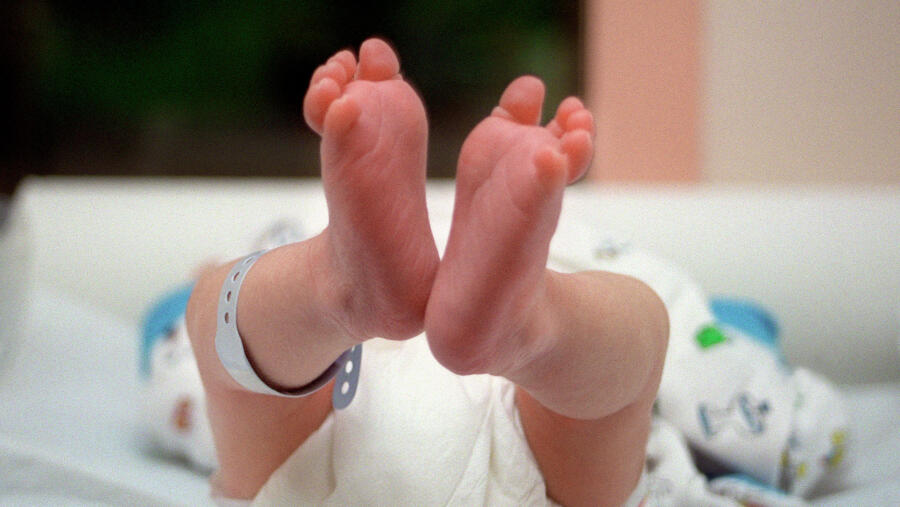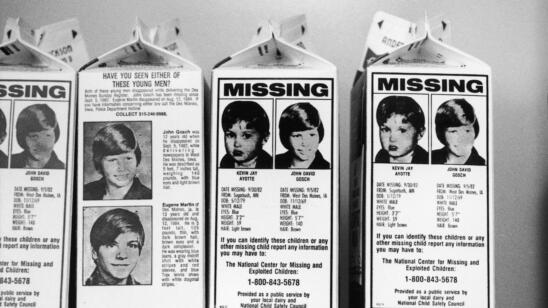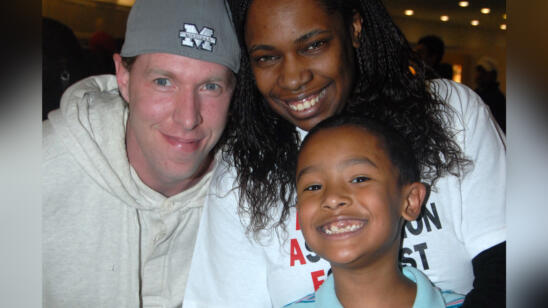From the 1940s to the 1960s, the Hicks Clinic in McCaysville, Georgia engaged in the illegal selling of newborn babies through Dr. Thomas “Doc” Hicks. For nearly three decades, Hicks sold as many as 200 babies to local and out-of-state couples who didn’t have the time or money for legal adoptions, for prices ranging from $100 to thousands of dollars.
In the early 1950s, Hicks reportedly began advertising illegal abortion services to unwed pregnant women in phone booths, bus stations and bridges. According to a 2015 ABC News report, Hicks saw a business opportunity and began persuading a select few—mostly young, poor women from Georgia and Tennessee who came to him for abortions—to carry their pregnancies to term. He arranged for them to stay at a hotel down the street until their due dates and told them he would find adoptive parents for their unborn babies without their having to go through complicated legal channels. In other reported cases, he lied to the birth mothers, telling them their babies had died post-delivery. Hicks would then secretly sell the newborn with the adoptive parents’ names on a forged birth certificate, leaving no records of the birth mothers. The shocking truth broke in 1997 after several “Hicks Babies” began to uncover the dark secret of their origin stories.
[Stream episodes of The First 48: Missing Persons in the A&E app. No sign in required.
In January of 1965, Jane Blasio became one of those babies, but it wasn’t until age 6 that she learned she was adopted, and age 14 when she first saw her own forged birth certificate bearing the Hicks Clinic name. After a decades-long personal investigation to discover the shocking truth about her birth, Blasio also began to identify and reunite other victims of the Hicks Clinic human trafficking scheme. She ultimately became an expert in illegal adoptions and went public with the story in 1997.
A&E True Crime spoke with Blasio about her new memoir, Taken at Birth: Stolen Babies, Hidden Lies, and My Journey to Finding Home in which she details how she uncovered her birth story.
After you went public with your story in 1997, you were contacted by a woman who thought you might be the daughter of her good friend, Kitty Self, because of your striking resemblance to both Self and her son. (Self, the oldest of nine children from a poor Georgia family, was barely 15 in the winter of 1965 when she birthed a girl and gave her to the town doctor who delivered the infant to eager adoptive parents. Self died in a car accident in 1987). What have you been able to learn about your ancestry through DNA testing?
DNA was done at a later date [in 2015] through Ancestry.com, and the results were more than enlightening. I was shocked by what I found. [From Taken at Birth: I had DNA matches, but none had a connection to Kitty. Nothing to bring our two gene pools together… My birth mother never showed up to meet me as I had hoped she would, but I discovered an understanding and a love for her.
‘[On my father’s side], my newly found cousin Donna was a DNA match, and she quickly directed me to her cousin Tommy because she had a hunch I was his sister… Tommy’s DNA confirmed that I was Herbert Claud Cruce’s daughter. My Ancestry tree had several first cousin matches that pointed me in the right direction, but Tommy was the firstborn on my father’s side and our DNA matched.]
Many people from McCaysville have said that Dr. Hicks was ‘doing a public service by putting so many babies into the arms of parents who wanted a child.’ How do you feel about that, particularly in light of Kitty Self’s situation in January of 1965?
Dr. Hicks was doing a service to himself, which is apparent by the lack of a safety net for the babies and the money he was charging. The $1,000 in 1964 he charged the average couple is the equivalent to approximately $30,000 to $45,000 today. He charged what he could get from the hopeful couples—anywhere from $200 to $10,000, dependent upon the financial status of the couple. Providing a child without concern for the birth parents or the baby’s safety, without providing recourse for anyone in this situation, is human trafficking—a mere transaction.
You were able to visit with Margaret Hicks Brown, Dr. Hicks’ daughter, about her father and the clinic. What was the most surprising or revealing thing she said to you?
Margaret was very controlled emotionally, until she began talking about her father. It was then she began to think hard, but it wasn’t in obvious detail that she gave information; she skirted questions by referring to the clinic as, ‘I know what my father did.’ Her face showed the pain and generational regret, and then tears. That surprised me. What I hoped and expected when I walked into her house was the best-case scenario of finding birth information, the possibility of records. I didn’t expect the confessional moments. Looking back, it was best because it further framed the dynamics of Doc Hicks and the clinic.
How did you originally get into professional investigation?
When I was 18, I contacted a private investigator in New York City involved in adoption searches. He told me what he charged, and we both knew I couldn’t afford him. He asked what I had done with my search and after we discussed it, he told me I was on the right path and to start honing my investigation skills by working for a licensed PI [private investigator]. That began my work in investigations.
I worked for a local firm doing mostly workers’ comp fraud cases and basic research. Essentially, my birth search is what spurred my start in investigation and research work.
To date, how many Hicks Babies do you estimate you’ve been able to reunite with birth families?
The research and initial story, which I brought out in 1997, was the open door everyone needed to start their search. Some wanted to search but didn’t know where to start, and others had made initial phone calls but stopped there. Once a DNA registry was set up, the first round of DNA in 1997 brought eight direct connections, and over the years that compounded as family members united and began acquainting themselves. As DNA technology and the ease of testing grew, the numbers grew…in the hundreds.
I’m still tying up leads regarding the Hicks Clinic and running down information about other infrastructures that may—or may not—be tied to Doc Hicks.
Hicks was forced to give up his medical license in 1964 after being charged with performing illegal abortions, and he died in 1972 at the age of 83. But many aspects of his clinic remain a mystery to this day. Are there any unresolved feelings or unanswered questions you’re still working to unravel?
The truth stands on its own to be judged and that’s not my place. From the beginning of the journey, I had days of anger, days of understanding and days of absolute confusion when it came to Doc Hicks. What he did impacted me and so many others. I knew early on that to find my information, I would have to find out who Hicks was. He had founded so much secrecy and damage.
Yes, there are many questions! I can’t imagine my life without more Hicks Clinic details to work out—and to find more answers. Were there more doctors involved? If there were any, what happened to the records? Are there more Hicks Babies out there?
Related Features:
Kamiyah Mobley and Other Kids Who Grew Up Not Knowing They’d Been Abducted


